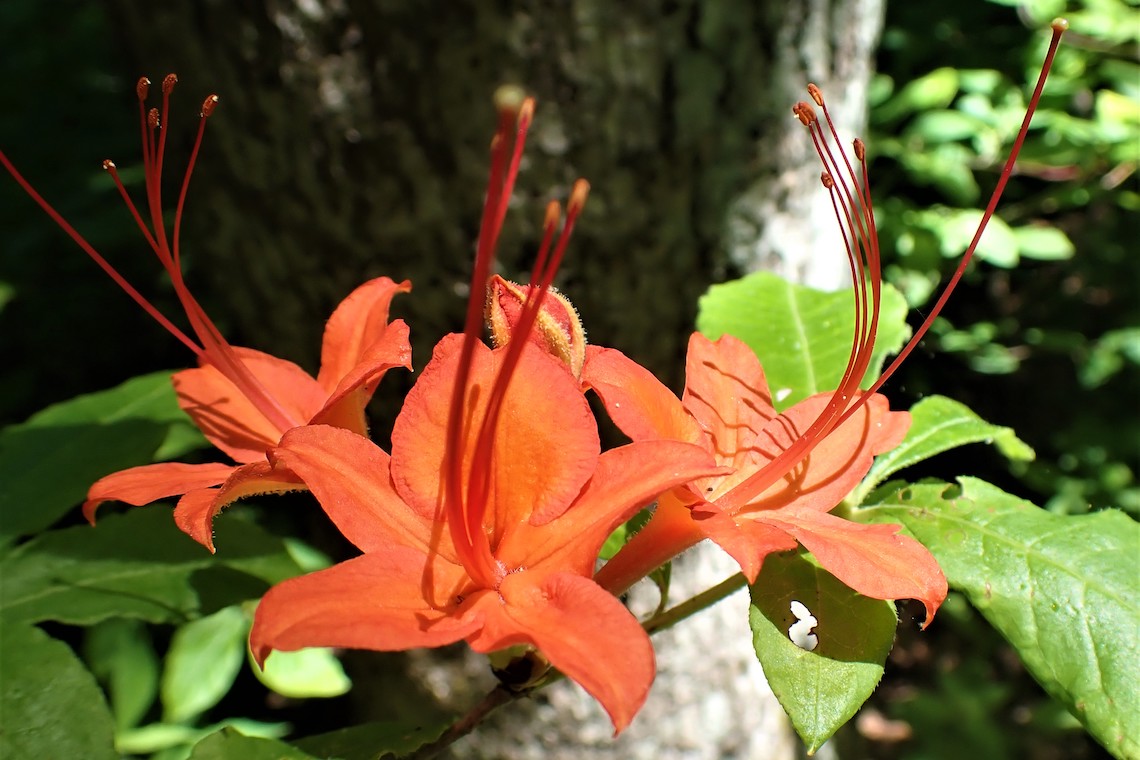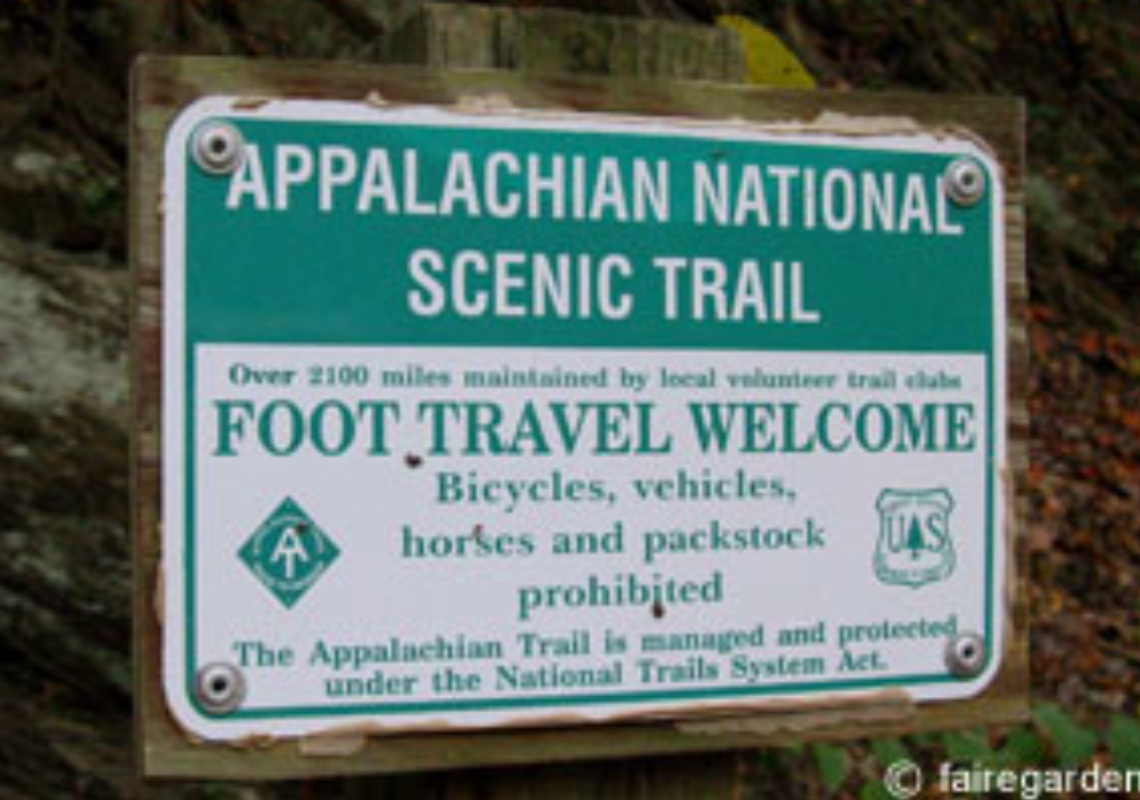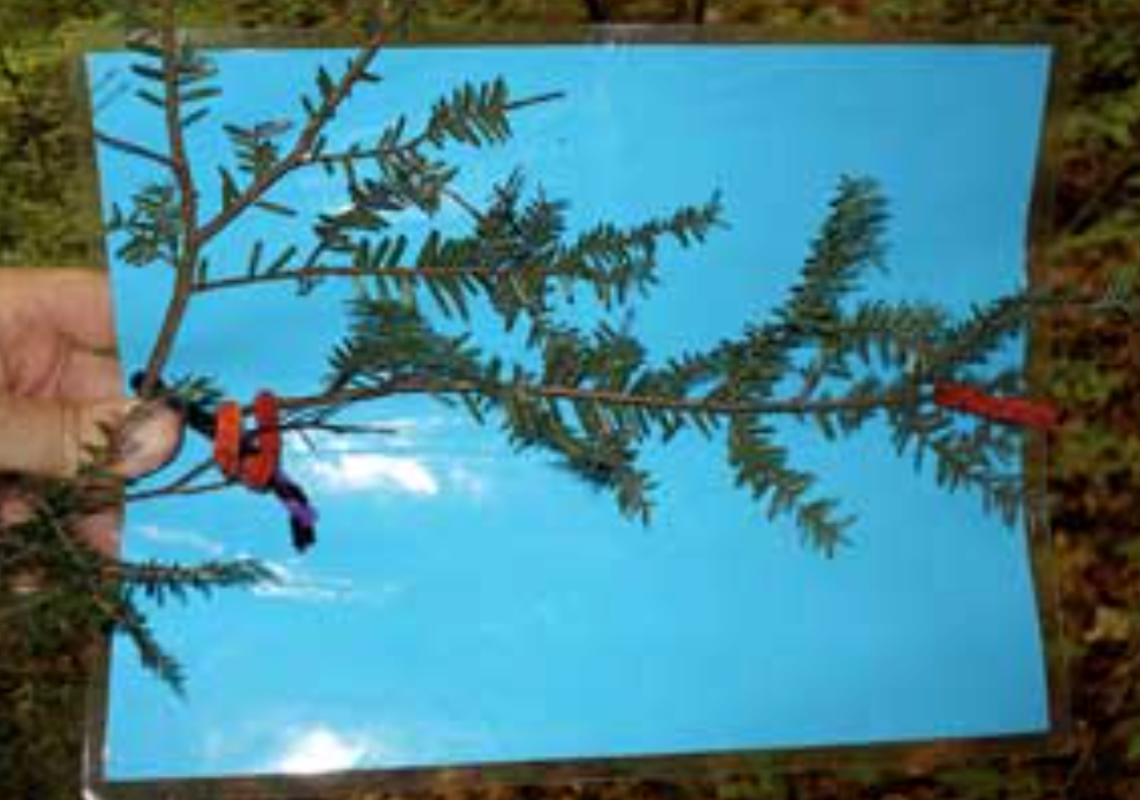Conservation
The Appalachian Trail is a beloved American icon, but the trail faces continual threats and challenges.
The trail needs constant attention to conserve its beautiful vistas, cultural landmarks, and rare and endangered species for future generations. The Georgia Appalachian Trail Club participates in the following conservation initiatives to help preserve the trail for generations to come.
Participation in Proposed Actions
Georgia Appalachian Trail Club systematically monitors proposed Forest Service projects and Special Use Permit requests to determine if they will impact any of the following areas of concern:
- The A.T. or any recognized and maintained side trails
- The A.T. experience
- Other hiking trails and areas in the national forest that GATC members may frequent
- Issues of general concern to the hiking community’s use of the national forest.
All responses submitted to the Forest Service are maintained on file for future reference.


Monitoring Incompatible Uses
The Appalachian Trail in Georgia is a footpath. Activities such as bicycling, horseback riding and off-road vehicle operation on the trail are prohibited. These incompatible activities do occur from time to time. Section overseers are asked to be observant of incompatible uses, or the evidence of those. If seen, they are asked to report findings, which are passed on to the U.S. Forest Service, which has the only legal authority in these matters.
Environmental Monitoring
GATC monitors the spread of the Hemlock Wooly Adelgid and works to slow its progress by treatment of impacted trees in areas along the Appalachian Trail corridor in Georgia. As other invasive species enter our forest environment, GATC will be there and work with our partners, such as Save Georgia’s Hemlocks, to protect the A.T. from the negative impacts that are possible.

